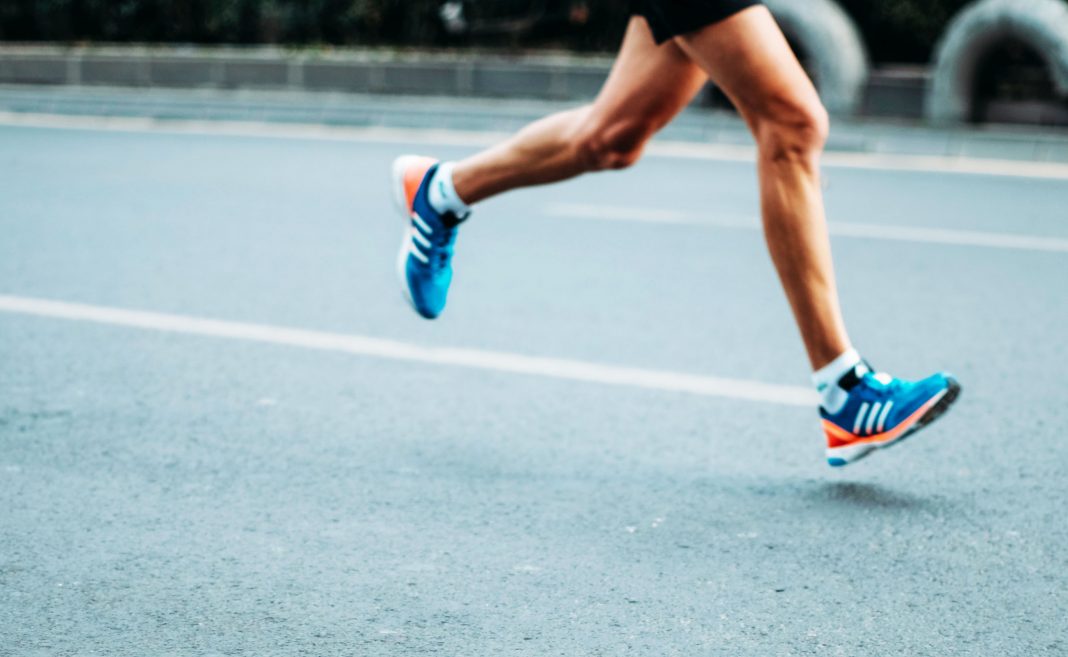Throughout the ongoing Covid-19 pandemic, many have turned to outdoor running to maintain their fitness. But ever wonder what it would take to run the entirety of a 42.2 km marathon? The University of Exeter reports that elite runners need specific characteristics of physiological abilities to run a marathon, especially if they want to do it in less than two hours.
Nike took part in a study entitled Nike’s Breaking2 project, which studied athletes whose goal was to break the two-hour record time for a marathon. The testing took place at Nike’s performance centre in Oregon, USA.
Professor Andrew Jones from the University of Exeter found that high-performance marathon runners must have three characteristics: the perfect balance of oxygen uptake (VO2 max), high movement efficacy, and high lactate turn point (the higher it goes the more the body feels fatigued).
This study found that these high-performance runners were able to take in oxygen twice as fast as a non-high-performance athlete of the same age while they are sprinting. To illustrate, Professor Andrew Jones explained that a 130-pound runner would take in four litres of oxygen per minute to maintain a 21.1 kilometres an hour pace.
In order to maintain this speed for two hours, Professor Jones told EurekAlert “that the runners must maintain steady state VO2,” meaning that they must obtain their energy needs aerobically—from oxygen. This is in order to ensure that the runner doesn’t hit anerobic respiration and deplete the carbohydrates stored in their muscles and endure muscle fatigue.
Another key characteristic of elite marathon runners is being able to achieve what Professor Jones calls “running economy.” This means using oxygen efficiently and maintaining an effective running motion.
The last characteristic that the study discussed is a runner’s lactate turn point. The athletes must stay at a certain VO2 percentage before the process of anaerobic respiration would begin. Runners refer to this percentage as “the wall,” meaning that if they reach anaerobic respiration their stored carbohydrates will be utilized, and it will in turn deplete glycogen stores. Once the athlete hits “the wall,” the body switches to burning fat and as a result the runner’s pace slows down. Therefore, the runners in the study demonstrated that they could intuitively set their running pace so they never exceed their “lactate turn point.”
Overall, the strongest runners in the study were skilled at fatigue resistance, a quality that would have taken great dedication and perseverance.
If you’re looking to build fatigue resistance and improve your distance running abilities, Active has a few recommendations for training:
- Shorten your recovery periods during interval training: shorten the amount of time that you take to recover during your running periods. This will build endurance and help you getthrough the recovery time and back to high intensity pacing. This will also allow for a challenging training session and force neuromuscular adaptation.
- Running specific strength training: you don’t need to run every day to improve your distance or endurance! Squats, lunges, jump squats, split squats and calf raises are just a few great conditioning options that enhance running ability. They improve balance and build muscle in the legs, two factors that are crucial for improving as a runner.



